"I've been a lot of places and taken a lot of photos, but one thing that I've never enjoyed particularly within this craft is nighttime photography. Something I've struggled with, I'll be honest with that, and it's just never really interested me. Everything is different, the rules are completely different at night, and it's a whole different ball game. If you're not comfortable with your camera, it's something that can be intimidating for a lot of people. For me, photography sort of just ends when the sun goes down, but I'm trying to change that.
I think it's time for a tutorial,
Yeah, that sounds about right. I could get into that. Maybe something like, how to shoot photos at night. Ooh, that's a good one, let's do that.
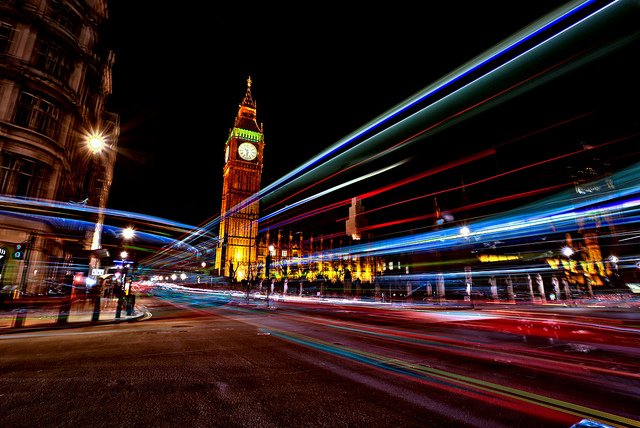
Let's do how to shoot photos at night. What's up, everybody? Fahim Sharier here, and today we're talking about how to shoot photos at night, and no, it's not as scary as you think it is.
Now, you see, for a lot of photographers, and myself included, this is something that I struggle with.
The second the sun goes down, and it's nighttime, photography ends for me.
That's it. As far as anything goes with regards to shooting photos, I'm pretty much done.
I don't even think about going out with my camera at night, I don't really enjoy going out with my camera at night, it's just more work, it's more, the settings are, they're confusing and sometimes, it just doesn't work how I want it to work all of the time. So, I don't go outside at night with my camera.
Fact!!!
Now, lately, I've been going outside a little bit more. Shooting with Hridoy, different people and I've kinda started to like it!! I've kinda been like, "Wow, this is actually really, really interesting."
Now, you see, what I've really been enjoying about shooting at night is, everything feels different.
It's almost like, all the rules you know for being comfortable shooting outside, out the window, gone.
It's a whole new ballgame, it's a whole new world. The city empties itself, it gets really quiet, it's dark, it's just you and your camera. There's lots of fun experimenting with how to go the most unique angle, the most unique light, finding light from signs, from neon signs, from stop lights, and street lights, and walk signs. There is so much to play with. So, if anybody here hasn't shot at nighttime before, or you're planning to, or you want to, or it's something that you're kind of unfamiliar with, read this and then go try it. Test yourself, try it, have a good time, that's what this art form's about.
But, I wanted to start with that message, just in case you're someone that's like me and you're like, "Mm-mm, I" "don't, no, I don't do that."""
Alright, so let's just get started. There's some stuff you're gonna need. You don't have to buy everything on this list, but there are some things that are gonna make your life a lot easier if you're planning to set out to get some nighttime shots. One being, a tripod. Everyone should have one of these at this point.
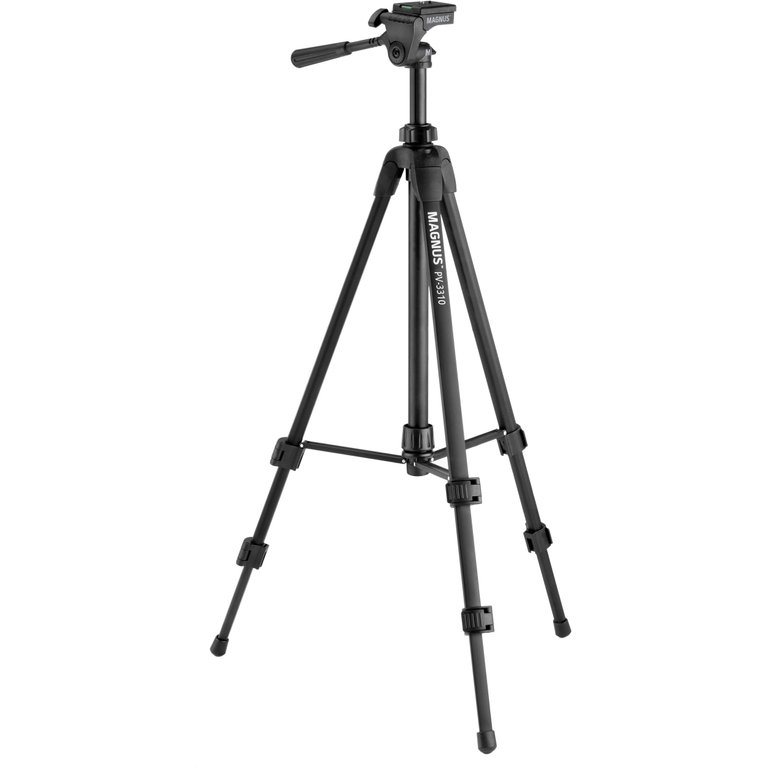
You don't have to have the best tripod, it could just be something that works. You can hang your backpack off it. You just need a tripod. If you wanna use recycling bins stacked up on the side of the street, use that. If you wanna use a bunch of cardboard boxes and some backpacks, park bench, whatever, as long as it stabilizes your camera, you're good to go. I do recommend a tripod though. Alright, so pop your camera on your tripod, and we're gonna talk about one of the most popular types of nighttime photography, which is getting those nice light trails. Now, how do you do that? Shots like this, for example. Shot that last night.
.png)
A lot of people asked me, How do you get those nice trails? Those beams of light blasting in through the photo. And usually, when I show people how to do it that don't know, they're like,
“Wow, I had no idea it was that easy.”
And, it is that easy. So, picture it like this. We're gonna take a photo, a car's gonna drive through the frame, we're gonna try and snap that photo and get that car right in the center. We gotta nice fast shutter speed, everything's good, that car drives through. Good, nice and sharp, looks amazing.
Now, what happens if we open that shutter for two seconds, that car drives through and
then the shutter closes, you're gonna get some blur. Now, if you're hand holding that, you can't hold the camera physically steady for two seconds without some sort of image blur. That's why we're putting this on a tripod. So now picture this, camera is on the tripod, ready to go. We've got a two second shutter. It's really dark outside. That car drives through our frame. We expose the photo, it opens the shutter for two seconds, that car drives through, you get those nice red tail lights going all the way through your frame, it closes, that's what's creating that light streak. Now, depending on how intense you want that light streak to be, how faint, how much of it, that's gonna be affected by how long your shutter speed exposure time is and the aperture. Typically when I'm shooting photos like this, I'll shoot manual, I'll start with my shutter speed around two seconds, and I'll try to make my aperture around F9. So, not much light is coming through there, because I'm letting tons of it in by having that shutter open for two seconds. Now, if I don't get enough of a light trail, I might have it open for three seconds. Or maybe I'll only have it open for one and a half seconds. But you play around with those different settings, kind of going back and forth, and that's what's gonna get you that nice light trail photo. It looks great with lots of traffic, it looks great when you get a winding road, cause those lights just wind all the way down.
Now, on that same note, if we're on a tripod still we can talk about reflections. Here is a shot of the city, that's the skyline.
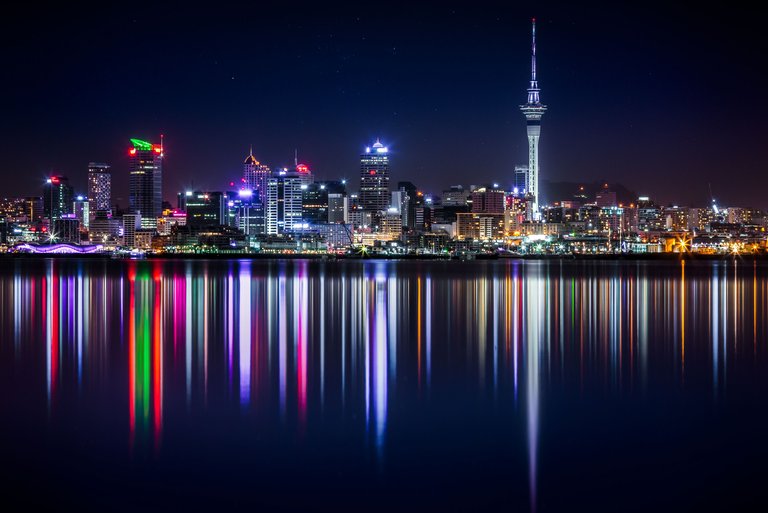
Now, the water was really calm the other night, because there was no wind at all, so the reflections off
that water looked so good. If you just went over and snapped a quick photo of that, you could probably pump the ISO up and get your shutter speed around 180th and shoot with a fast lens, like something that's 1/4, or 1/8, or 2.8. That means the aperture is really wide open, letting lots of light in, but that reflection wouldn't look as glossy and smooth and incredible than if you put it on a tripod and did a long exposure. When you put it on a tripod and do a long exposure, you're getting a really nice, smooth reflection over that water and you're getting shots like this. Now, that shot specifically, that was exposed for 25 seconds, so I actually had that shutter open for 25 seconds and I had my aperture stopped down to like f16, so almost no light was coming through that aperture. But the shutter was open for a very long time. Water break. I put a lemon in it today. Hoo hoo! Fun!!
Another thing that's gonna help you, if you're shooting on a tripod and doing long exposures is a remote. Now, a lot of people say, Why do you use a remote if you're not doing time lapse stuff. Sometimes, the act of pushing the shutter button itself can actually move the camera and that can introduce camera shake, image blur. So, to avoid that, we're plugging in a remote, when we're ready for our frame, we just hit the button here, the camera's not moving at all. Guaranteed not to get any camera shake with that. So, this is a great option. Now full disclosure, I didn't use this last night, but that's not to say I don't use it at all. This is something that lives in my camera bag and I use a remote to trip the shutter all the time.
Sometimes, if it's too hard to get to the camera, or if I wanna make sure I'm not getting any blur at all, I'll use a remote. Now, if you've ever seen a Hollywood movie, pay attention to how to ground looks if they're shooting a scene at night. You'll almost never see a dry road. They always spray the roads down so the concrete, the asphalt, any of that is all really rich, and contrasty, and glistening from being wet when the lights hit them. For instance, when we were shooting this night, it wasn't raining, it wasn't wet at all, it just didn't look great. One of the benefits of everything being wet is you get great puddles, so you can look for reflections, but everything's bone dry, there's no reflections, so I brought my own water bottle. I found the frame that I wanted, I soaked the road in front of that frame, so I could get some reflection of all of the lights, because it's nighttime and everything looks great, and I shot through that reflection that I created myself.
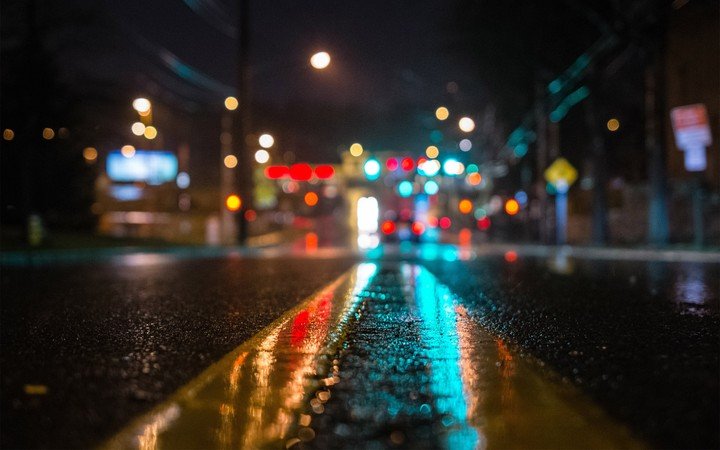
So, don't be afraid to mess around and be creative with that kind of stuff. I looked crazy walking around the city in freezing cold temperatures with a giant bottle of water, but it doesn't matter though. Filled it up at the tap at home, poured it on the road, got the spot that I wanted, shot that reflection, and now that shot is this much more creative. So, there's a little fun tip for ya. It's something I did yesterday. Again, like bokeh and out of focus elements that glisten and reflect off of windows, or puddles, or water, especially at nighttime looks so, so good. Now, looking for available light from signs, from neon signs, from a marquee. So, you can use that to your advantage.
But at night, when everything's dark and you've got a nice light source, look for those types of windows, look for something that you can reflect against. Just like the water from the skyline. But, this particular spot looks awesome for reflections, so it's just fun to play with different creative aspects that you don't usually have access to when you're shooting midday. Now, a lot of times you might find yourself shooting somewhere where you need a little more light. Some rim light behind someone would look great, or just adding some kind of flare, or a little bit of color really, really, really helps. A lot of people bring their own lights. I don't wanna carry around a massive light with me, 'cause that just sucks and takes all the fun out of it. But you can get little things like this,
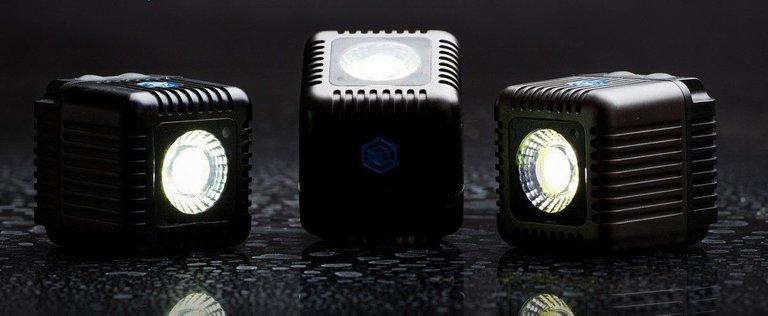
that's called a Lume Cube. You can control it with your phone. But it's an LED, so I'm able to bring this with me, screw mount it to the bottom of a Gorilla Pod or a tripod, wrap that around a railing somewhere, mount it to anything, and then I have a really, really bright light that I can use as a back light, a rim light. I can use it to bounce against a ceiling. Then we were just using it to enhance different photos like this.

all of those things in combination with this makes nighttime photography really creative, really interesting. So, that's it for me guys.
Any Opinion? Please comment!
Regards,
@fahimsharier
nice content expression.
keep it up.
This post has been upvoted by @microbot with 9.0%!
Vote for my creator @isnochys as witness!